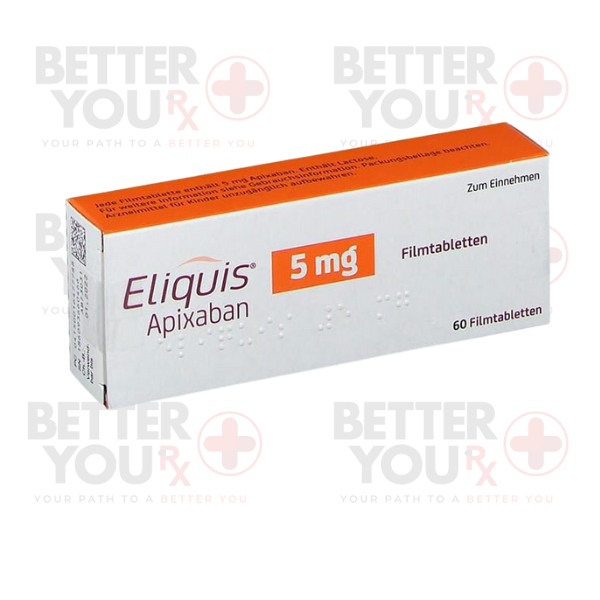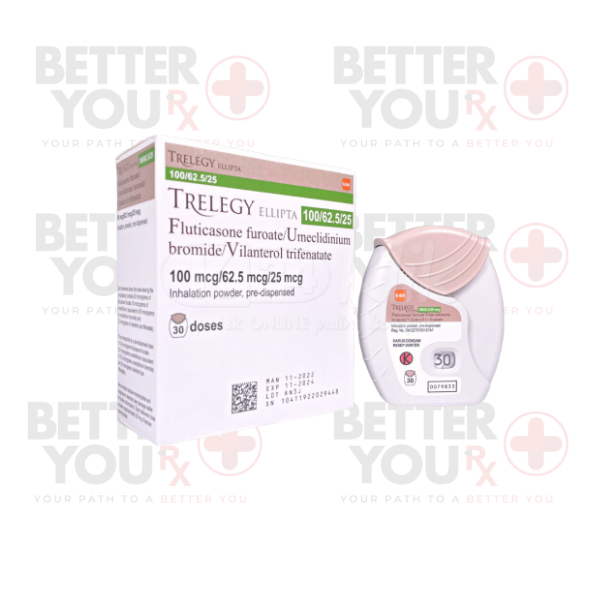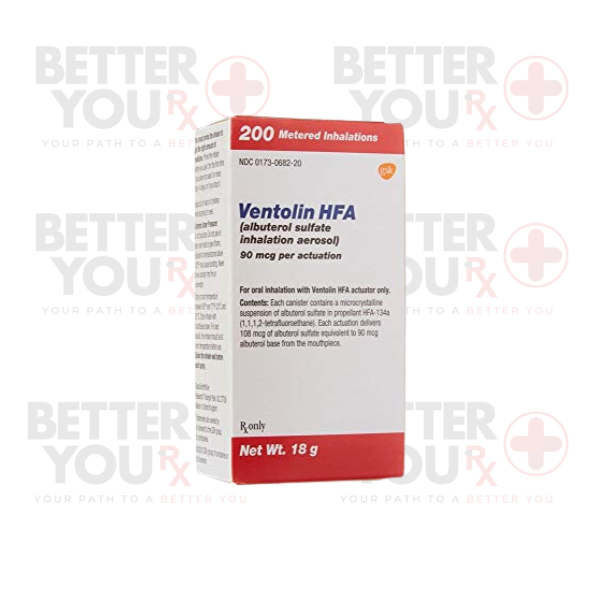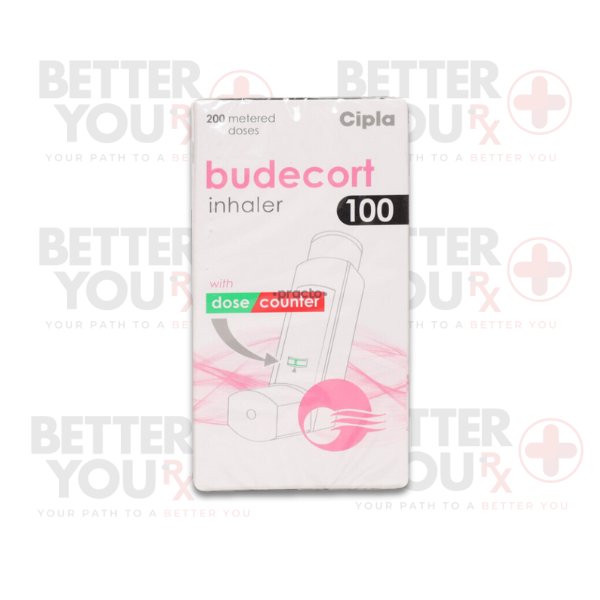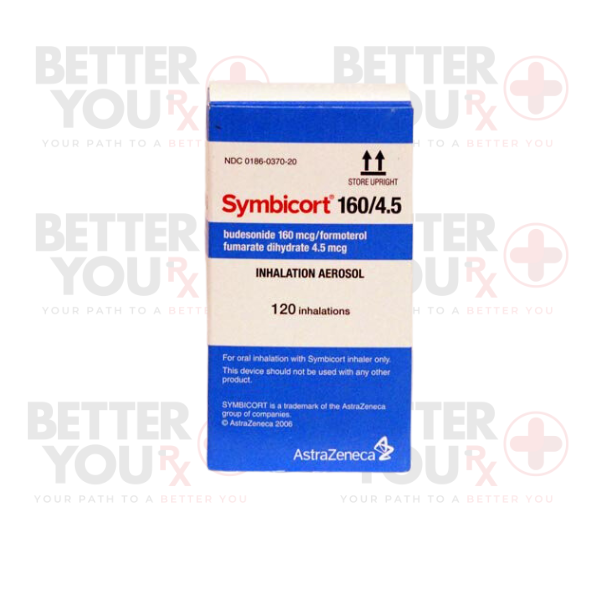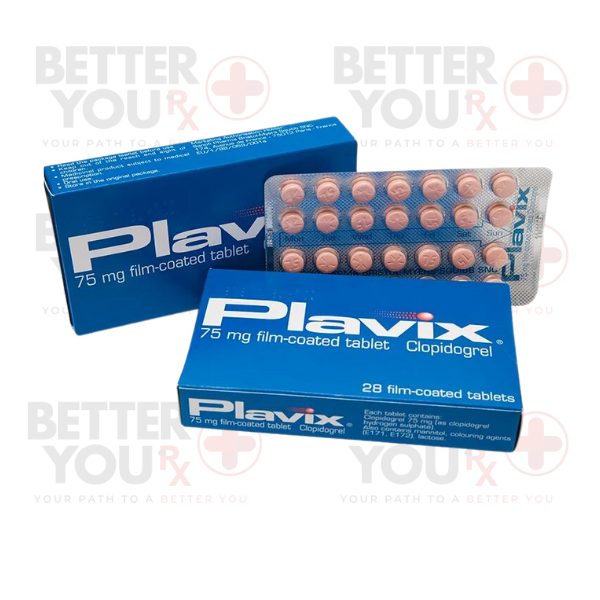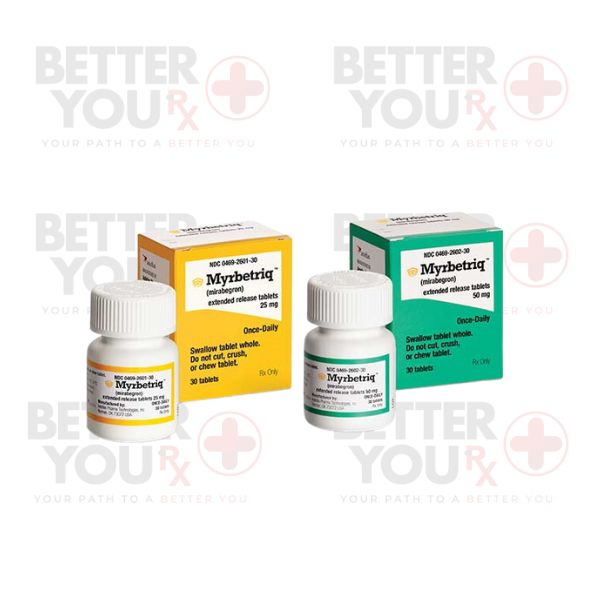| Usage |
Usage
Rectal mesalamine is available in the form of suppositories and enemas, designed for use in the rectum. Typically, these suppositories and enemas are used once a day before bedtime. It's crucial to follow the instructions on your prescription label carefully, and if any part is unclear, don't hesitate to ask your doctor or pharmacist for clarification. Use rectal mesalamine precisely as directed by your healthcare provider. Do not exceed the recommended dosage or frequency of use without your doctor's approval.
You may begin to experience symptom relief during the initial days or weeks of your rectal mesalamine treatment. However, it's important to continue using the medication until you've completed your prescription, even if you start feeling better early on. Do not discontinue rectal mesalamine without consulting your doctor.
Please note that mesalamine suppositories and enemas can potentially stain clothing, fabrics, and various surfaces, including flooring, painted surfaces, and more. Take necessary precautions to prevent staining when using these medications. If you are using a mesalamine enema, follow these steps:
1. Attempt to have a bowel movement prior to use, as the medication is most effective with empty bowels.
2. Carefully cut the seal of the protective foil pouch containing seven medication bottles. Ensure you don't squeeze or damage the bottles. Retrieve one bottle from the pouch.
3. Inspect the liquid inside the bottle; it should be an off-white or tan color. Slight darkening may occur if the bottles are exposed outside the foil pouch for a while, which is acceptable. Do not use liquid that has turned dark brown.
4. Shake the bottle thoroughly to ensure proper mixing of the medication.
5. Remove the protective cover from the applicator tip, holding the bottle by the neck to prevent any medication leakage.
6. Lie on your left side, with your lower (left) leg straight and your right leg bent toward your chest for balance. Alternatively, you can kneel on a bed, resting your upper chest and one arm on the bed.
7. Gently insert the applicator tip into your rectum, pointing it slightly toward your navel (belly button). If you experience pain or irritation, you can apply a small amount of personal lubricating jelly or petroleum jelly to the applicator tip before insertion.
8. Hold the bottle securely, tilting it slightly so that the nozzle points toward your back. Slowly and steadily squeeze the bottle to release the medicine.
9. Withdraw the applicator and maintain the same position for at least 30 minutes to allow the medicine to disperse throughout your intestine. Try to retain the medication inside your body for approximately 8 hours, such as while you sleep.
10. Safely dispose of the bottle where it is out of reach of children and pets. Each bottle contains a single dose and should not be recycled or reused.
If you are using mesalamine suppositories, follow these steps:
1. Aim to have a bowel movement just before using the suppository to maximize its effectiveness.
2. Separate one suppository from the strip. Hold the suppository upright and remove the plastic wrapper, handling it as little as possible to prevent melting from the heat of your hands.
3. You may apply a small amount of personal lubricant jelly or Vaseline to the tip of the suppository to ease insertion.
4. Lie on your left side and raise your right knee to your chest (or, if you are left-handed, lie on your right side and raise your left knee).
5. Using your finger, insert the suppository into the rectum, pointed end first, with gentle pressure. Attempt to retain it in position for 1 to 3 hours, or for a longer duration if feasible.
6. Thoroughly wash your hands before resuming your regular activities.
If you plan to use mesalamine enemas or suppositories, request a copy of the manufacturer's patient information sheet from your pharmacist or doctor for additional guidance.
|
| Side Effects |
Side Effects
Rectal mesalamine may lead to various side effects. Should any of the following symptoms persist or become severe, it's essential to inform your doctor:
1. Leg or joint pain, aching, tightness, or stiffness
2. Heartburn
3. Gas
4. Dizziness
5. Hemorrhoids
6. Acne
7. Pain in the rectum
8. Slight hair loss
Certain side effects can be more severe. If you encounter any of the subsequent symptoms, or any of those detailed in the SPECIAL PRECAUTIONS section, contact your doctor promptly:
1. Chest pain
2. Shortness of breath
Mesalamine might also trigger other side effects. Don't hesitate to reach out to your doctor if you experience any unusual problems while using this medication. Your doctor is the best source of guidance in addressing any concerns about potential side effects.
|
| Storage |
Storage
To ensure the safe storage and disposal of rectal mesalamine medication:
1. Keep it in the original container, tightly closed, and out of children's reach.
2. Store at room temperature, away from light, excess heat, and moisture (not in the bathroom). Mesalamine suppositories may be refrigerated but should not be frozen.
3. Once you open the foil package of mesalamine enemas, use all the bottles promptly, following your doctor's instructions.
4. Properly dispose of unneeded medications to prevent accidental consumption by pets, children, or others.
5. Do not flush this medication down the toilet; instead, utilize a medicine take-back program.
6. Consult your pharmacist or local garbage/recycling department for information on available take-back programs.
7. Visit the Federal Health Authority's Safe Disposal of Medicines website for additional guidance if take-back programs are unavailable.
8. Ensure that all medications are stored out of sight and reach of children, as many containers are not child-resistant.
9. To prevent accidental poisoning, always secure safety caps and promptly place medication in a secure location, up and away from children's access.
|
| Precaution |
Precautions
Before using mesalamine:
1. Inform your doctor and pharmacist about any allergies you have, especially to mesalamine, salicylate pain relievers like aspirin, choline magnesium trisalicylate, diflunisal, and magnesium salicylate (found in products like Doan's); as well as any other medications or ingredients in mesalamine enemas or suppositories. Also, mention any allergies to sulfites (found in some foods and used as preservatives) or any foods, dyes, or preservatives. You have the option to ask your pharmacist for a list of ingredients.
2. Share with your doctor and pharmacist the full list of prescription and over-the-counter medications, vitamins, dietary supplements, and herbal products you are currently taking or plan to take. Specifically, mention medications like aspirin and other nonsteroidal anti-inflammatory drugs (NSAIDs) such as ibuprofen (Advil, Motrin) and naproxen (Aleve, Naprosyn); as well as azathioprine (Azasan, Imuran), mercaptopurine (Purinethol), or sulfasalazine (Azulfidine). Your doctor may need to adjust your medication doses or monitor you more closely for potential side effects.
3. Disclose any history of myocarditis (heart muscle swelling), pericarditis (inflammation of the sac around the heart), asthma, allergies, or liver or kidney disease.
4. Notify your doctor if you are pregnant, planning to become pregnant, or currently breastfeeding. In case you become pregnant while using rectal mesalamine, contact your doctor.
5. Be aware that mesalamine may cause a severe reaction. Some symptoms of this reaction can resemble those of ulcerative colitis, making it challenging to distinguish between a medication reaction and a disease flare-up. Contact your doctor if you experience stomach pain or cramping, bloody diarrhea, fever, headache, weakness, or a rash.
|


